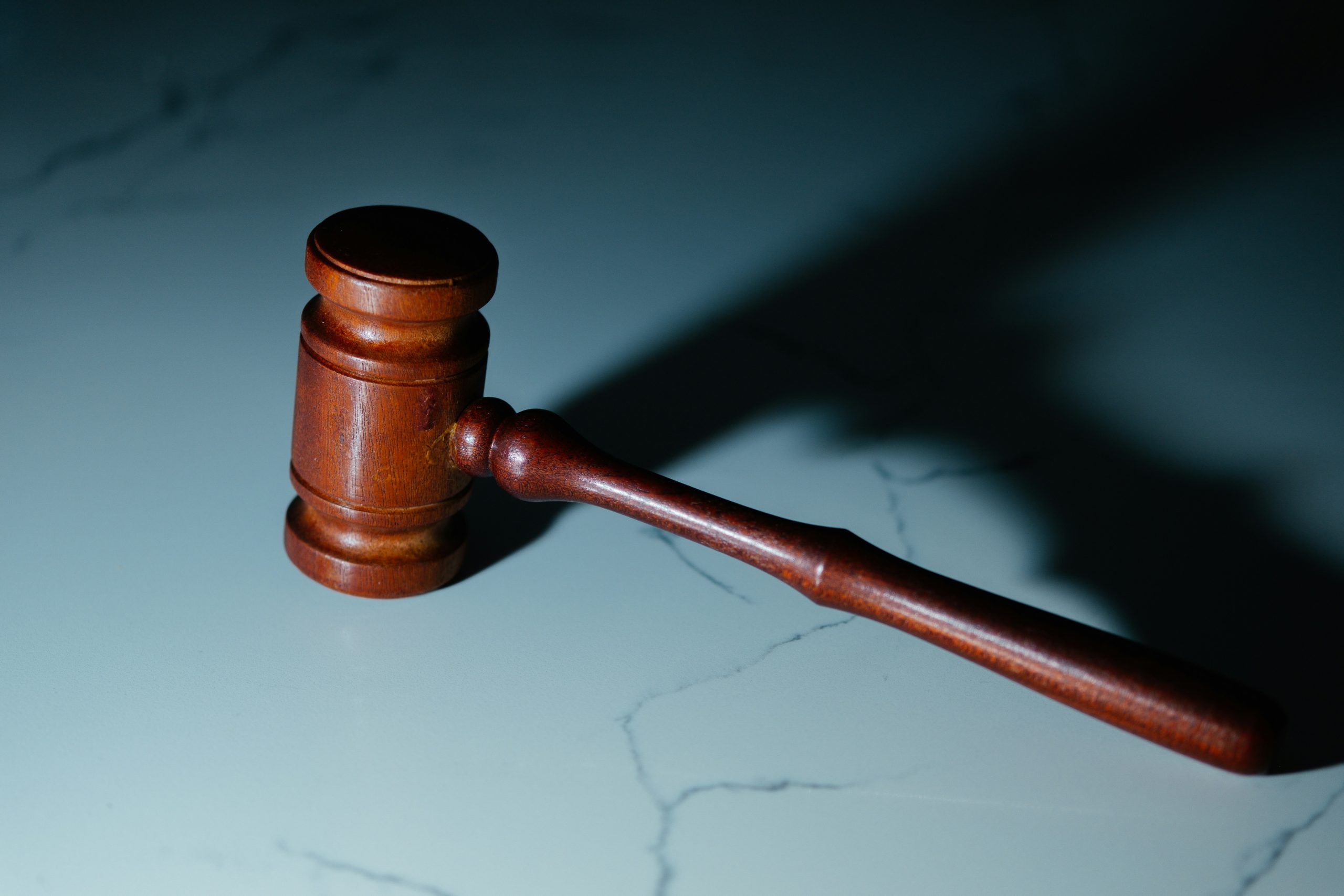Litigation in Thailand. Thailand’s legal system is a civil law jurisdiction influenced by traditional Thai principles, European civil codes (particularly the German and French systems), and common law elements in certain areas. Litigation in Thailand involves navigating a structured yet sometimes slow-moving judicial process, with distinct procedural rules governing civil, criminal, and administrative disputes. This article provides an in-depth analysis of Thailand’s litigation framework, examining court structures, procedural stages, evidentiary rules, enforcement mechanisms, and key challenges faced by litigants.
1. Court Structure and Jurisdiction
Thailand’s judiciary is divided into three main tiers: Courts of First Instance, Appeal Courts, and the Supreme Court. Specialized courts handle specific disputes.
1.1 General Courts
- Civil Courts: Handle contractual disputes, tort claims, property disputes, and family law matters.
- Criminal Courts: Adjudicate offenses under the Thai Penal Code and other criminal statutes.
- Provincial Courts: Operate outside Bangkok, handling both civil and criminal cases.
- Kwaeng (District) Courts: Deal with minor civil and criminal cases where claims do not exceed THB 300,000.
1.2 Specialized Courts
- Intellectual Property and International Trade Court (IP&IT Court): Handles IP infringement, trade disputes, and anti-dumping cases.
- Labor Court: Resolves employment disputes, wrongful termination, and wage claims.
- Tax Court: Adjudicates tax-related disputes between taxpayers and the Revenue Department.
- Bankruptcy Court: Oversees insolvency proceedings and debt restructuring.
- Juvenile and Family Courts: Deal with matters involving minors, divorce, and child custody.
1.3 Administrative Courts
Established in 2001, these courts review disputes involving government agencies, including:
- Contractual breaches by state entities
- Regulatory challenges (e.g., licensing, environmental compliance)
- Claims against unlawful administrative actions
2. Litigation Process: Step-by-Step
2.1 Pre-Litigation Considerations
- Alternative Dispute Resolution (ADR): Mediation and arbitration are encouraged, particularly in commercial disputes. Thailand is a signatory to the New York Convention, facilitating international arbitration enforcement.
- Statute of Limitations: Varies by claim type (e.g., 10 years for breach of contract, 1 year for defamation).
2.2 Filing a Lawsuit
- Jurisdictional Requirements: Cases must be filed in the appropriate court based on subject matter, defendant’s domicile, or location of the disputed property.
- Pleadings: A complaint (plaint) must include:
- Names and details of parties
- Factual and legal basis for the claim
- Relief sought (damages, injunctions, etc.)
- Filing Fees: Calculated as a percentage of the claimed amount (capped at THB 200,000 for civil cases).
2.3 Preliminary Proceedings
- Service of Process: Defendants must be formally served; if overseas, service may require judicial assistance under the Hague Convention.
- Default Judgment: If the defendant fails to respond within 15 days (30 days for overseas defendants), the court may rule in the plaintiff’s favor.
2.4 Evidence and Hearings
- Burden of Proof: Generally on the plaintiff, except in defamation cases where defendants bear the burden for truth defenses.
- Documentary Evidence: Must be submitted in Thai or with a certified translation.
- Witness Testimony: Witnesses are examined in person, with limited use of affidavits.
- Expert Evidence: Court-appointed experts are common in technical disputes (e.g., construction, IP).
2.5 Trial and Judgment
- Hearings: Conducted in Thai; foreign parties require interpreters.
- Deliberation Period: Judgments may take months or years, depending on complexity.
- Written Judgment: Must include legal reasoning; parties receive a copy within 30 days.
2.6 Appeals Process
- First Appeal: Filed within one month of judgment to the Court of Appeals (or specialized appellate divisions).
- Final Appeal: To the Supreme Court, permitted only if the dispute exceeds THB 50,000 or involves significant legal principles.
3. Enforcement of Judgments
- Domestic Judgments: Enforced through court bailiffs, who may seize assets or garnish wages.
- Foreign Judgments: Not directly enforceable; a new lawsuit must be filed in Thailand unless under a reciprocal treaty.
- Bankruptcy Proceedings: Creditors may petition for liquidation if a debtor fails to satisfy a judgment.
4. Key Challenges in Thai Litigation
- Case Backlogs: Courts often face delays, particularly in commercial disputes.
- Language Barriers: Non-Thai documents require certified translations, increasing costs.
- Judicial Discretion: Judges have broad discretion in evidentiary rulings and damages assessments.
- Enforcement Difficulties: Debtors may hide assets, necessitating private investigators.
5. Recent Legal Reforms
- E-Court System: Pilot programs for electronic filings aim to reduce delays.
- Specialized Commercial Courts: Proposed to expedite high-value business disputes.
- ADR Expansion: Increased promotion of mediation to alleviate court congestion.
Conclusion
Litigation in Thailand is a structured but often protracted process, with distinct procedural rules across different court levels. While reforms are gradually improving efficiency, parties must navigate evidentiary complexities, enforcement hurdles, and potential delays. Engaging local counsel with expertise in Thai procedural law remains critical for successful dispute resolution.
This analysis provides a comprehensive overview of Thailand’s litigation landscape, offering practitioners and businesses detailed insights into the legal framework and practical challenges.

